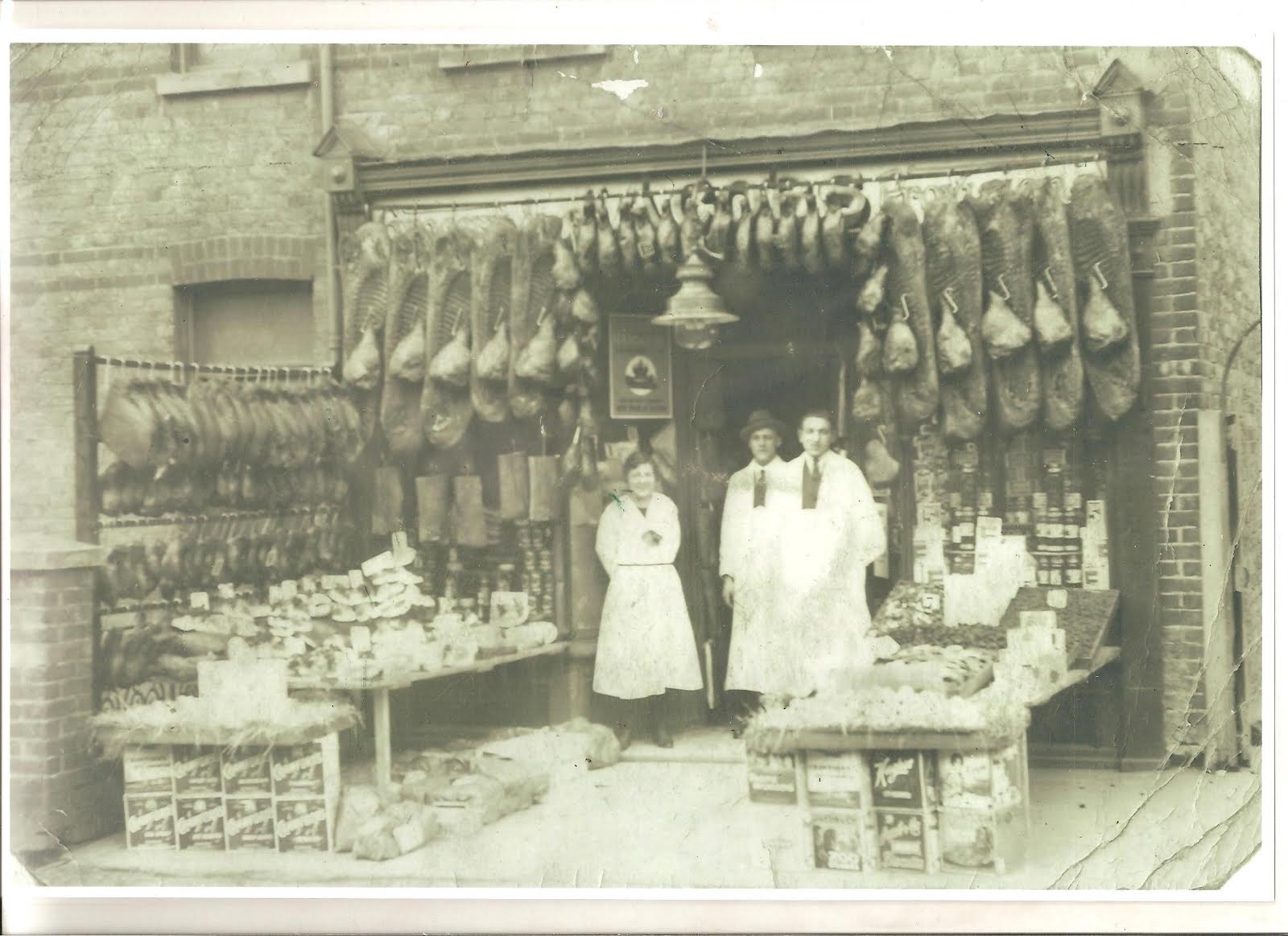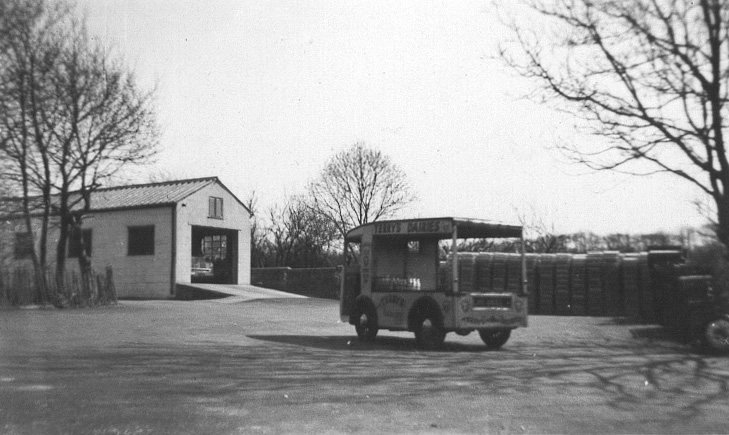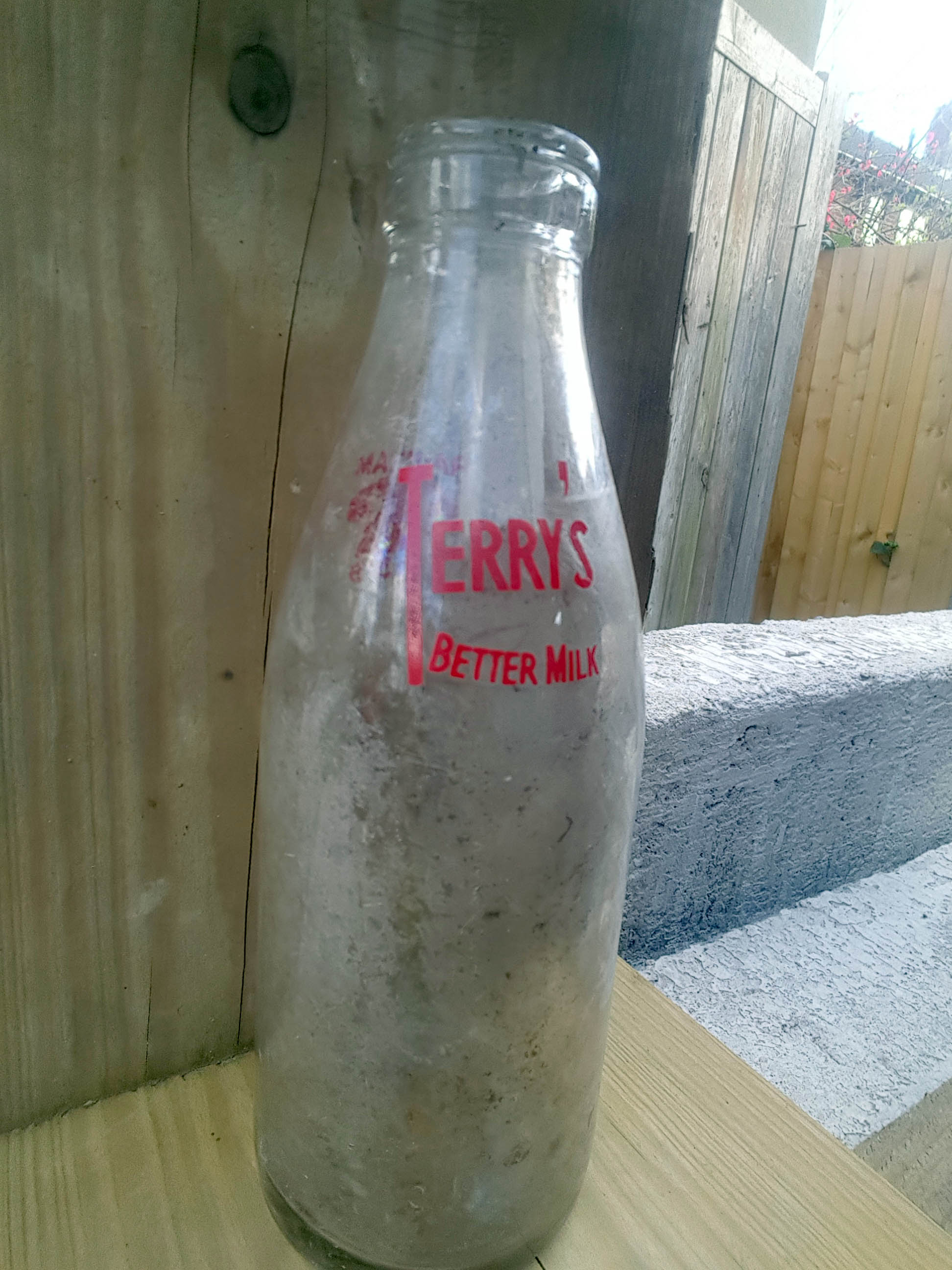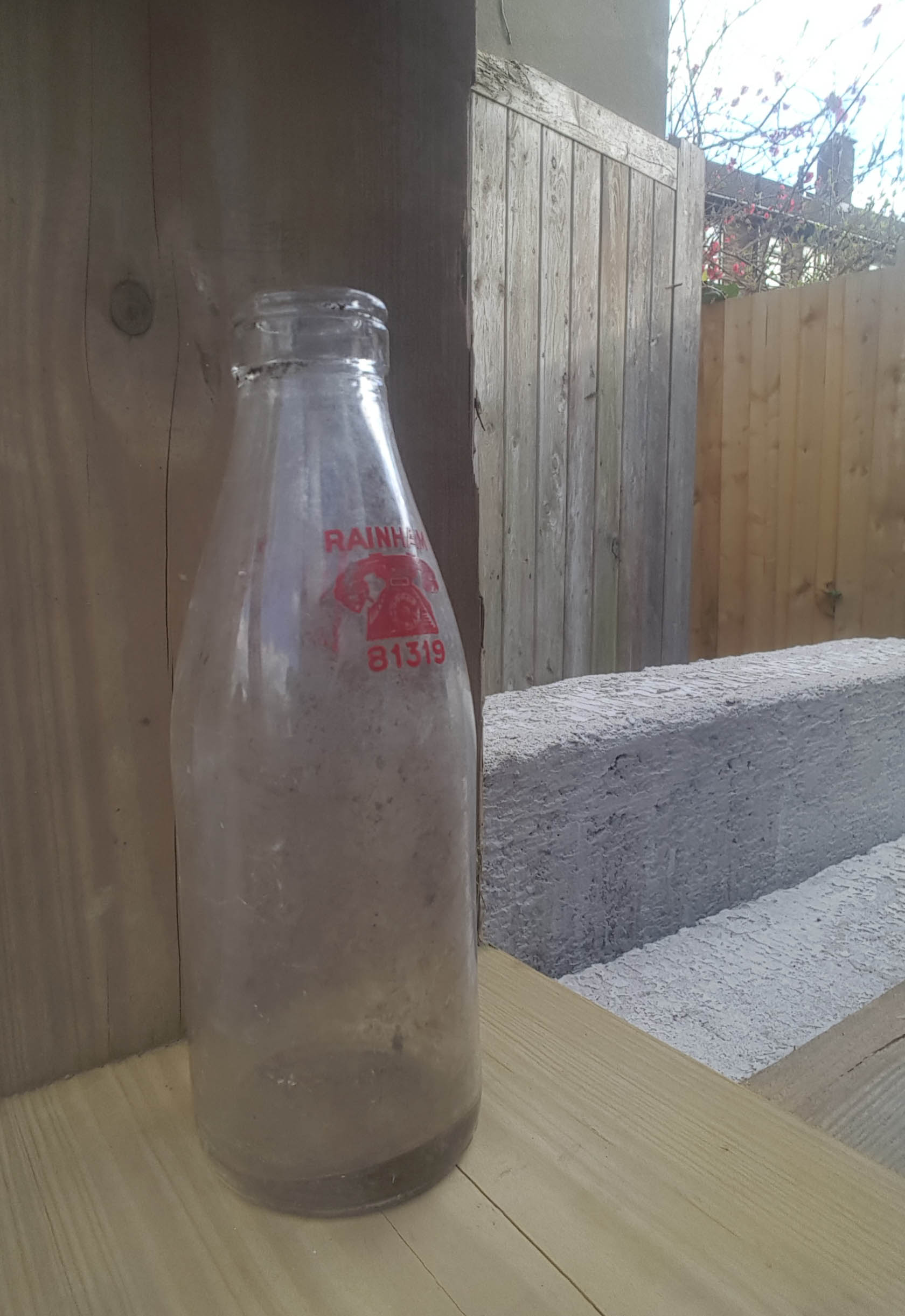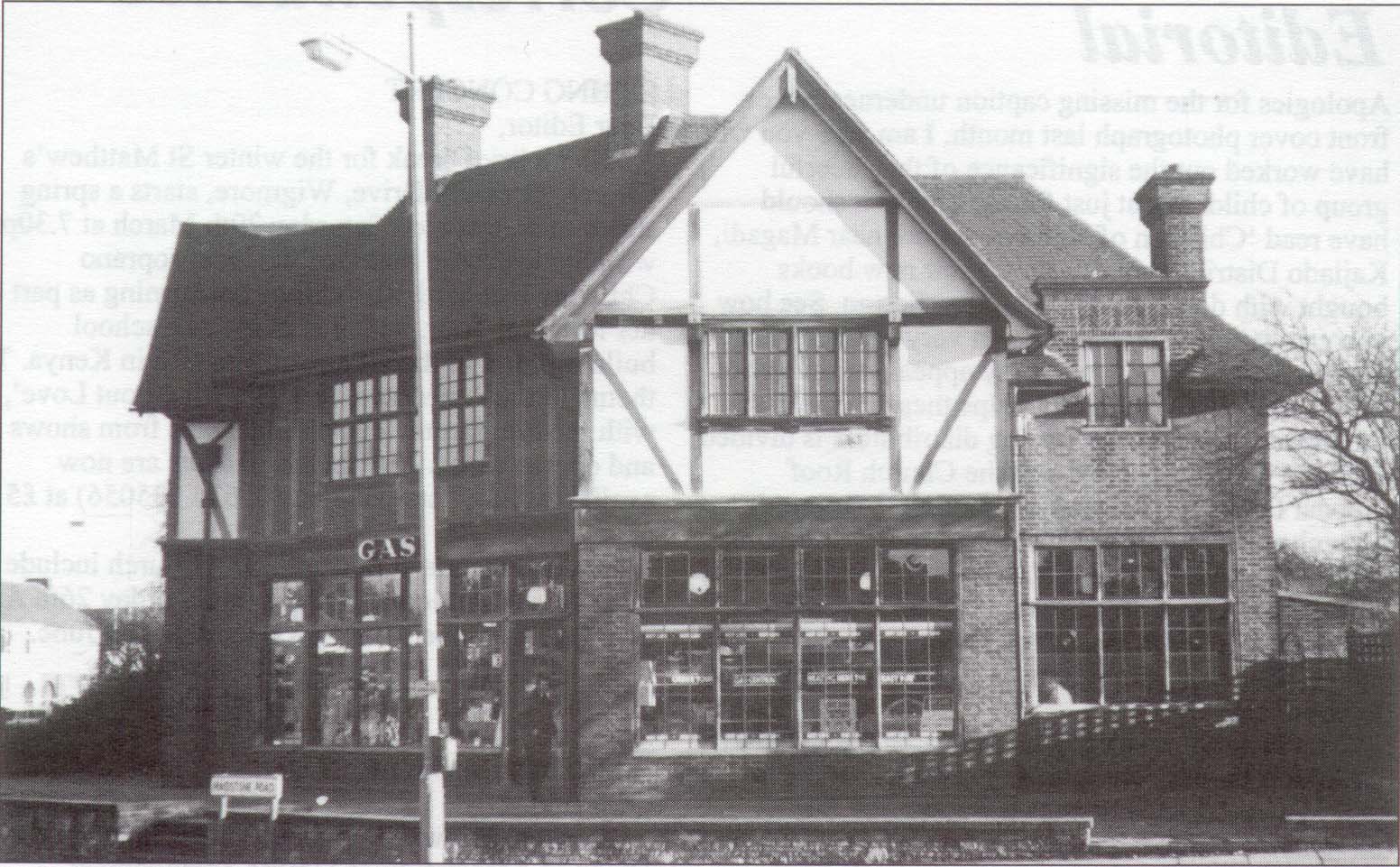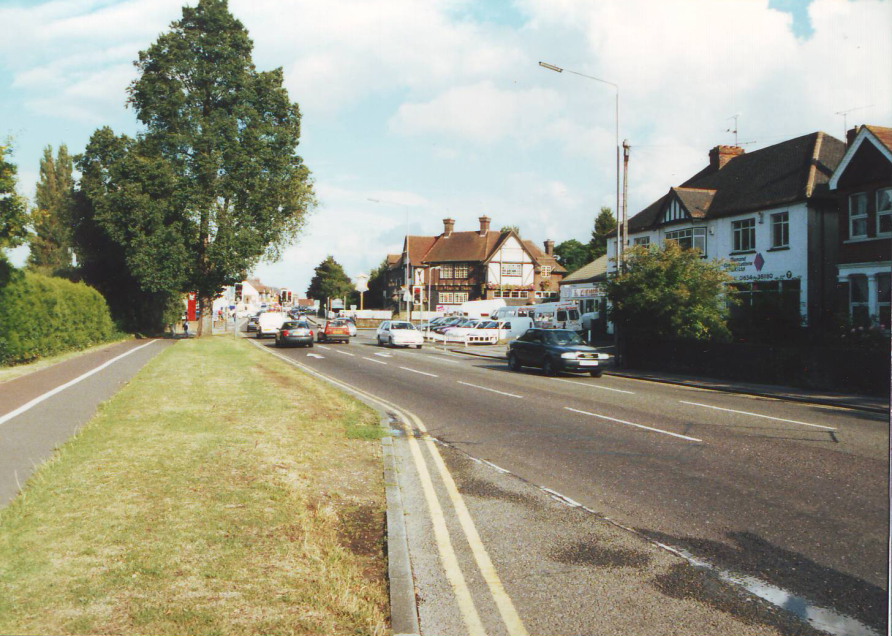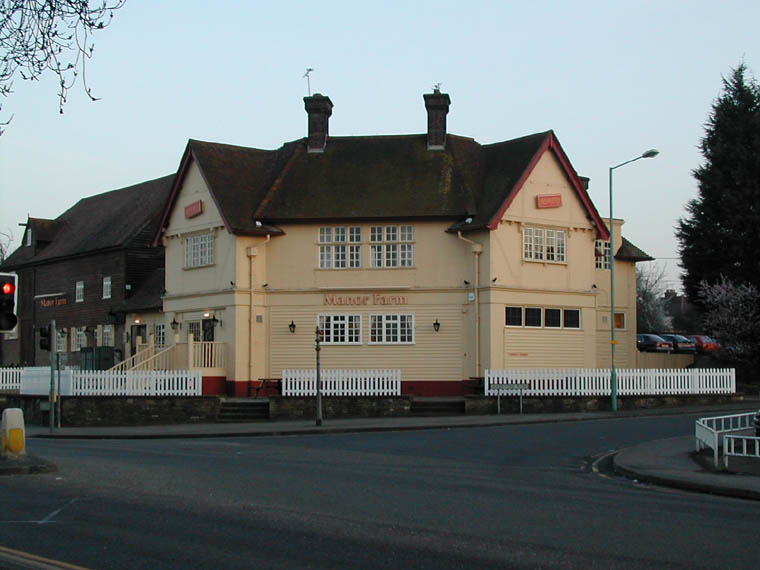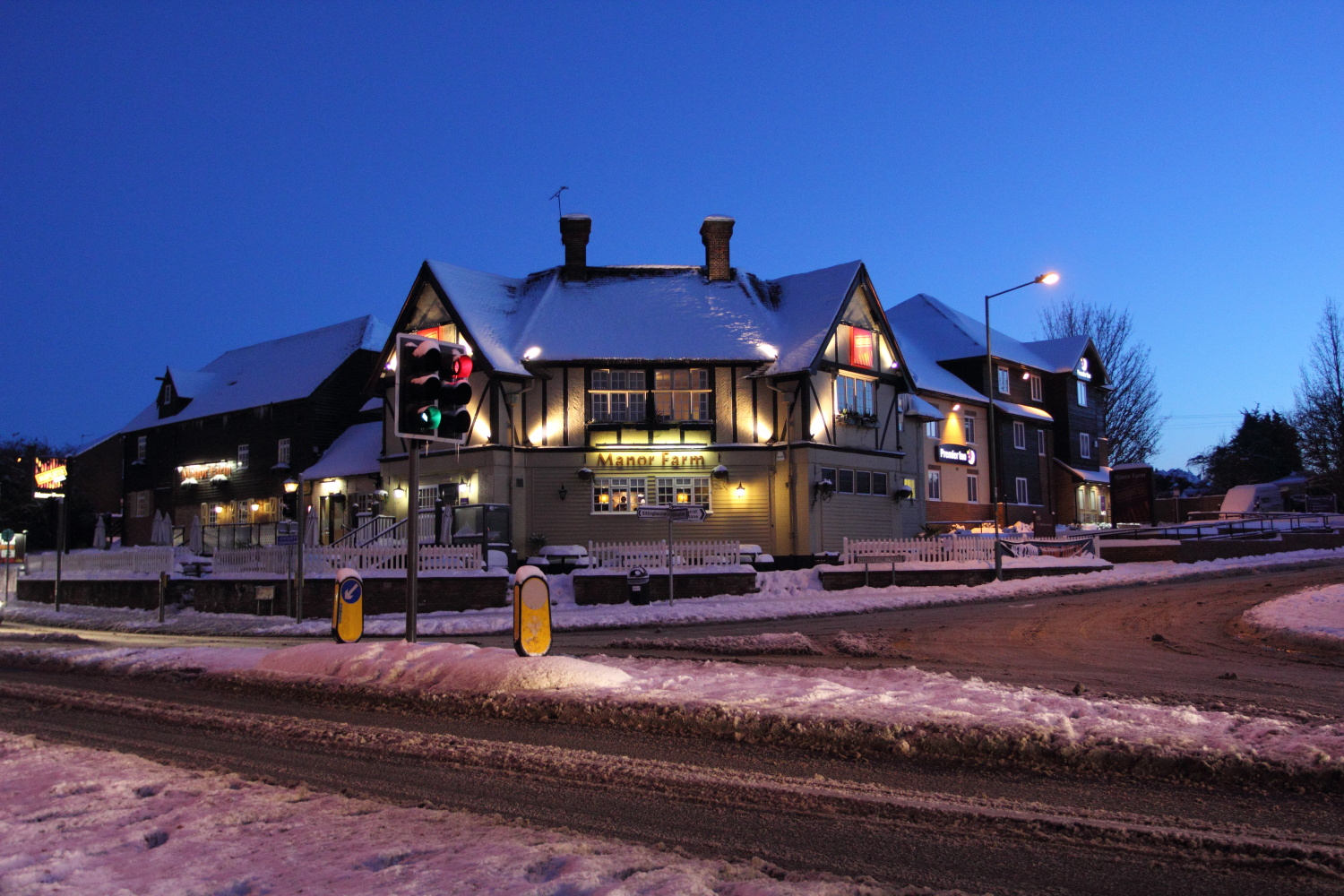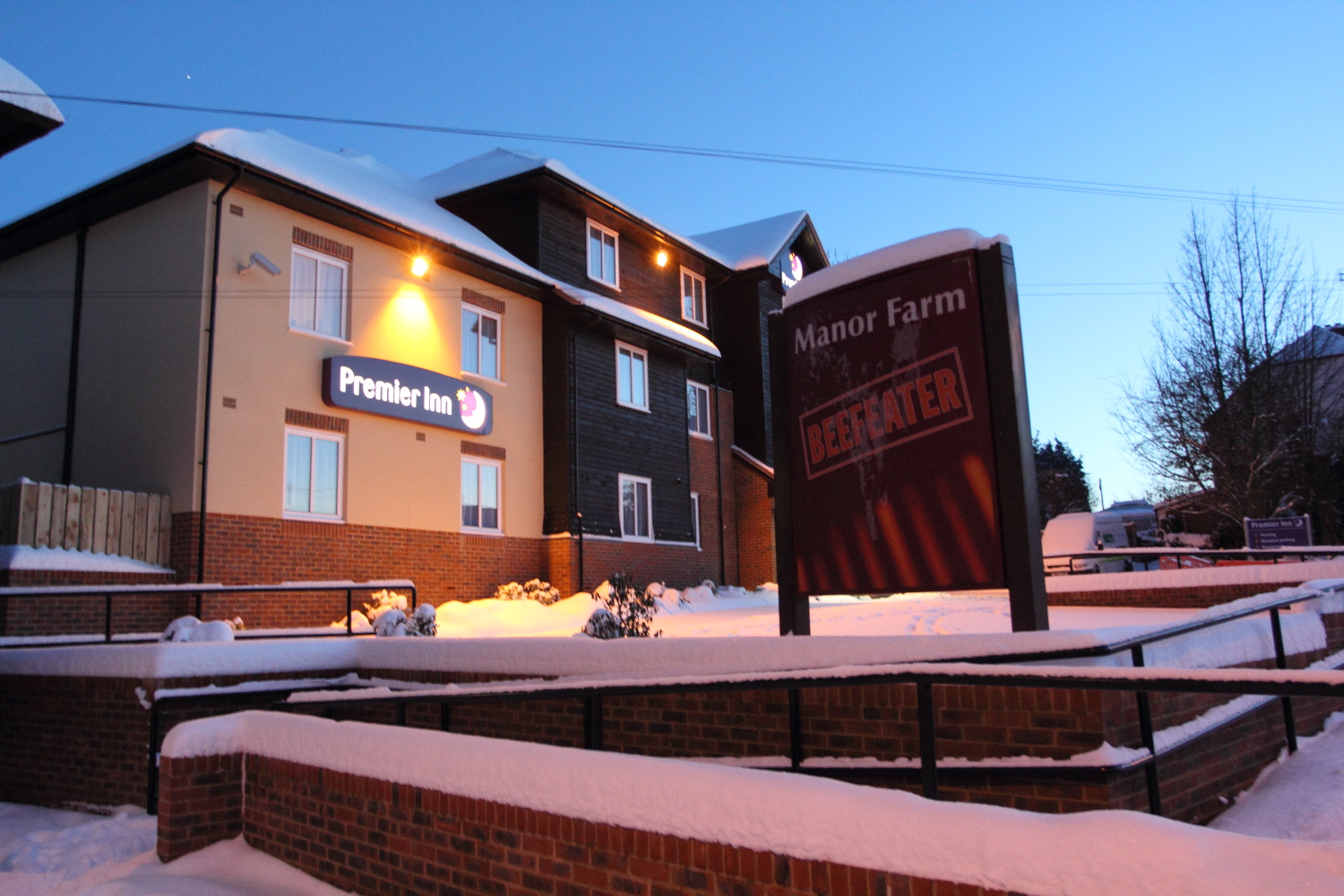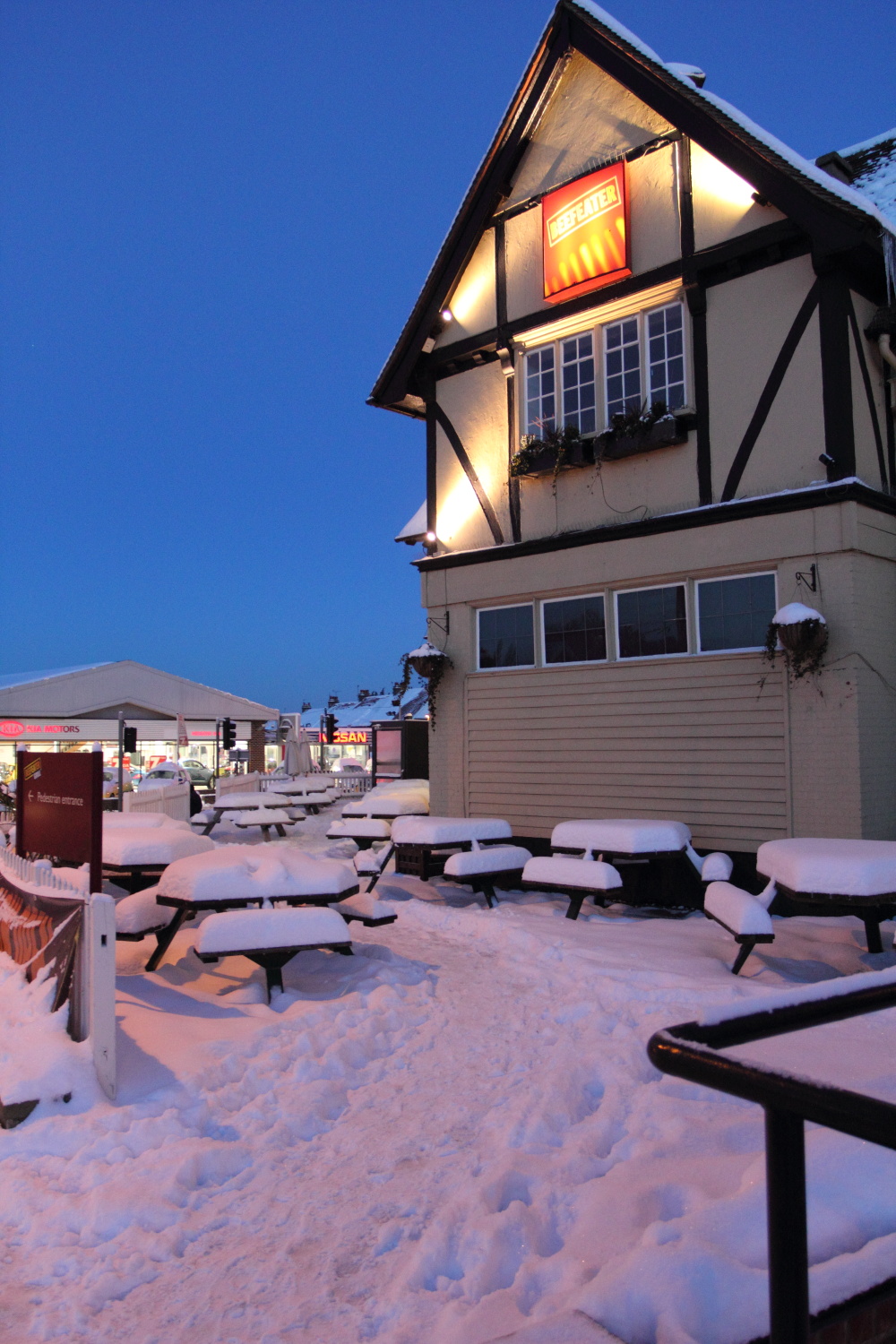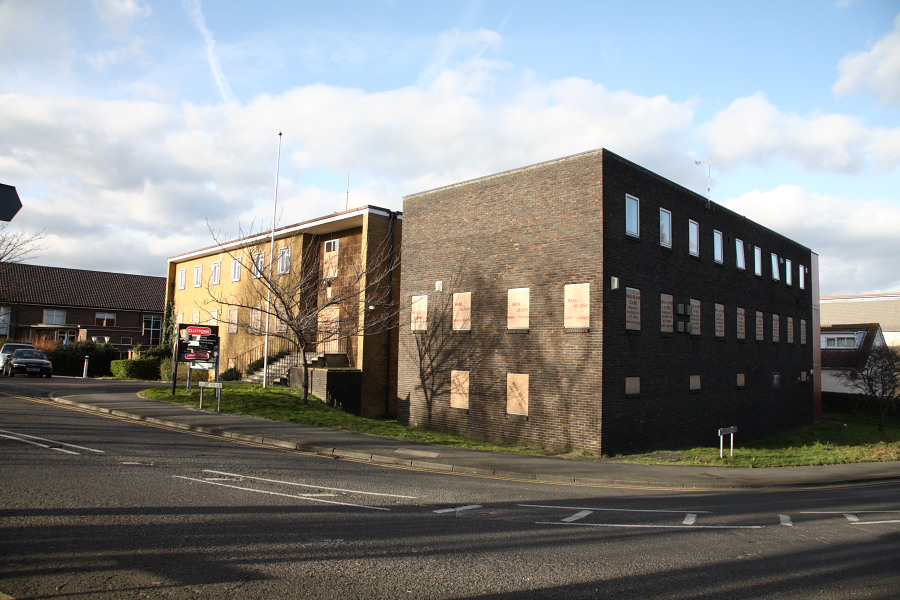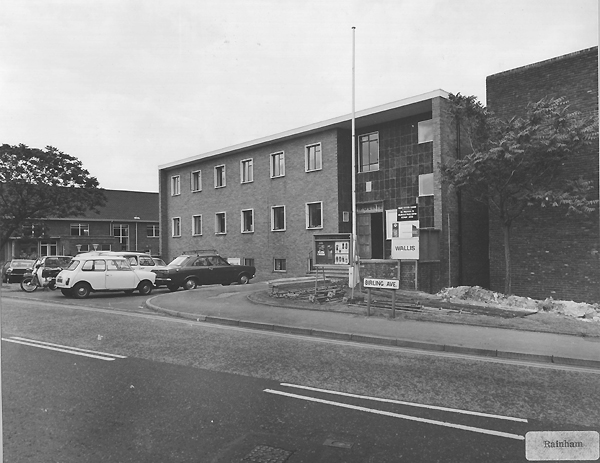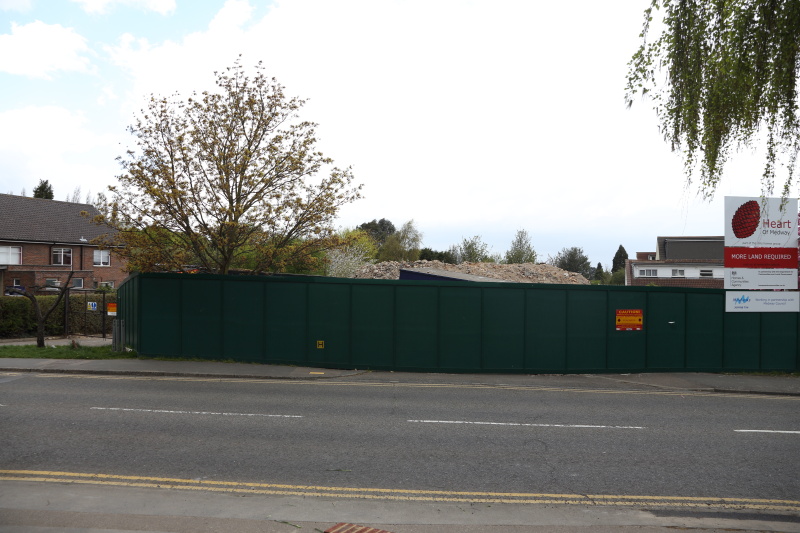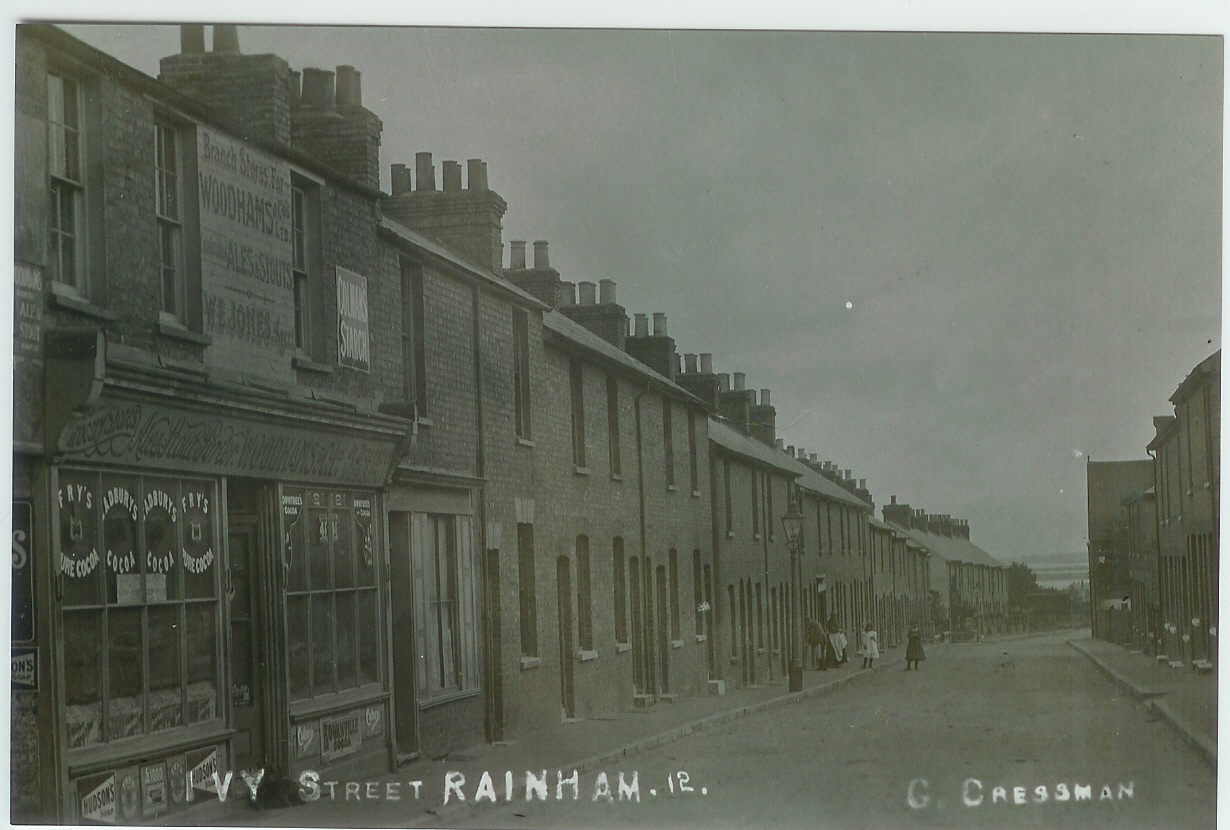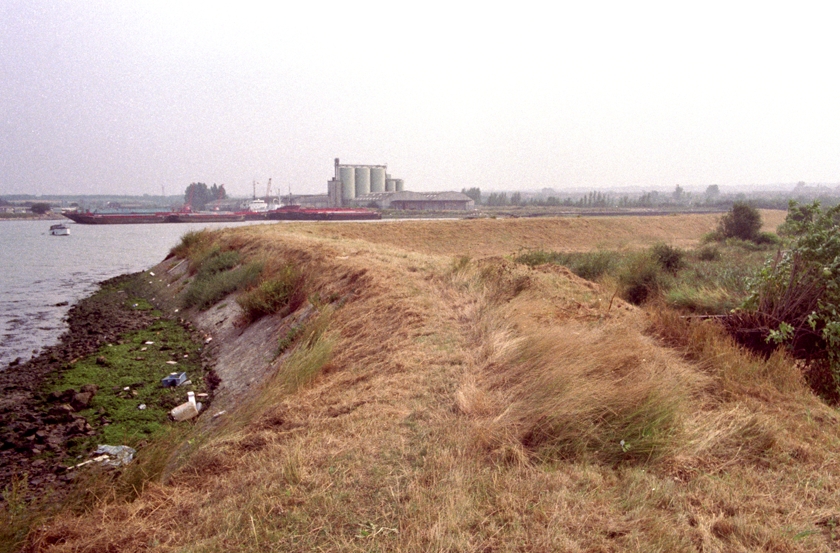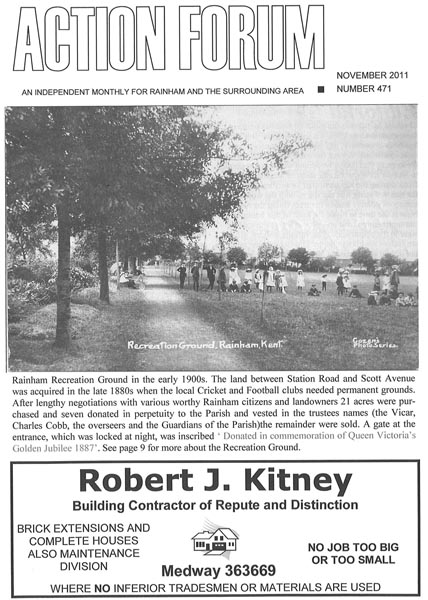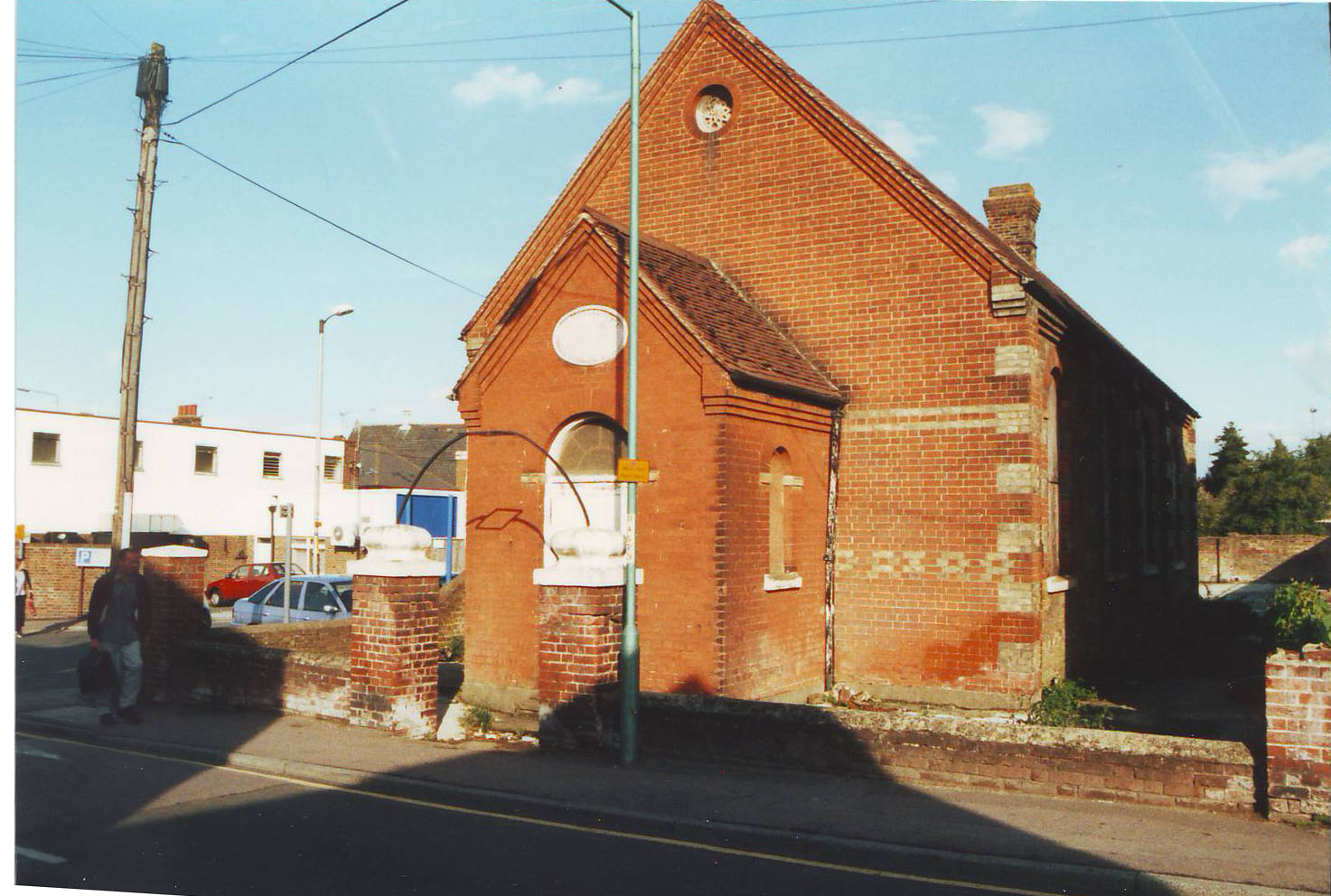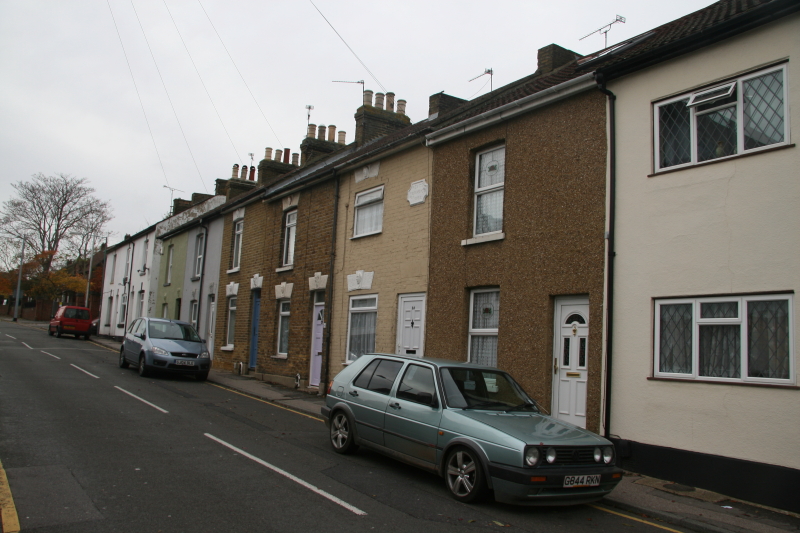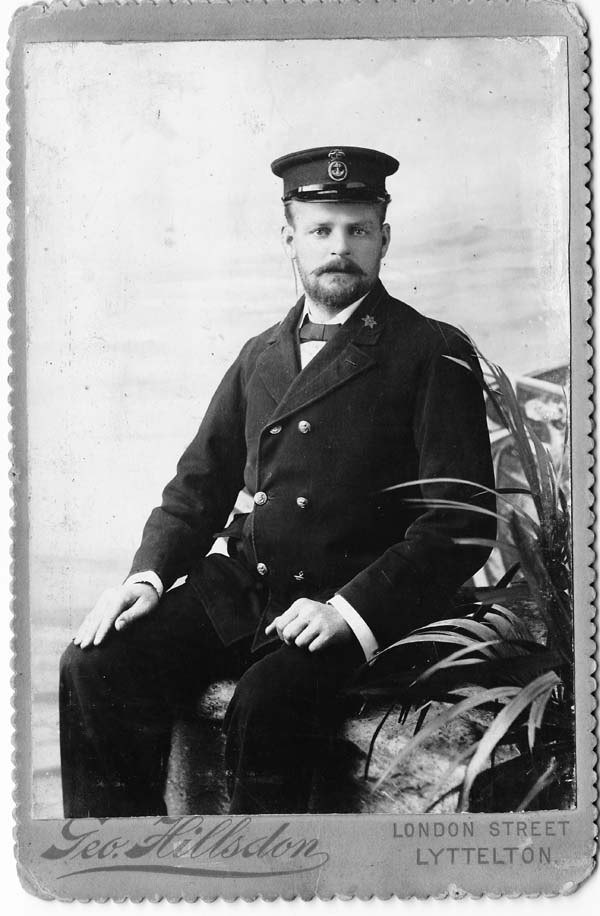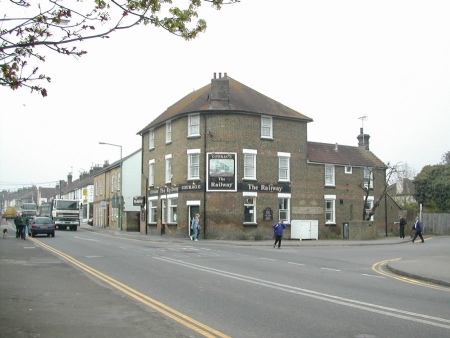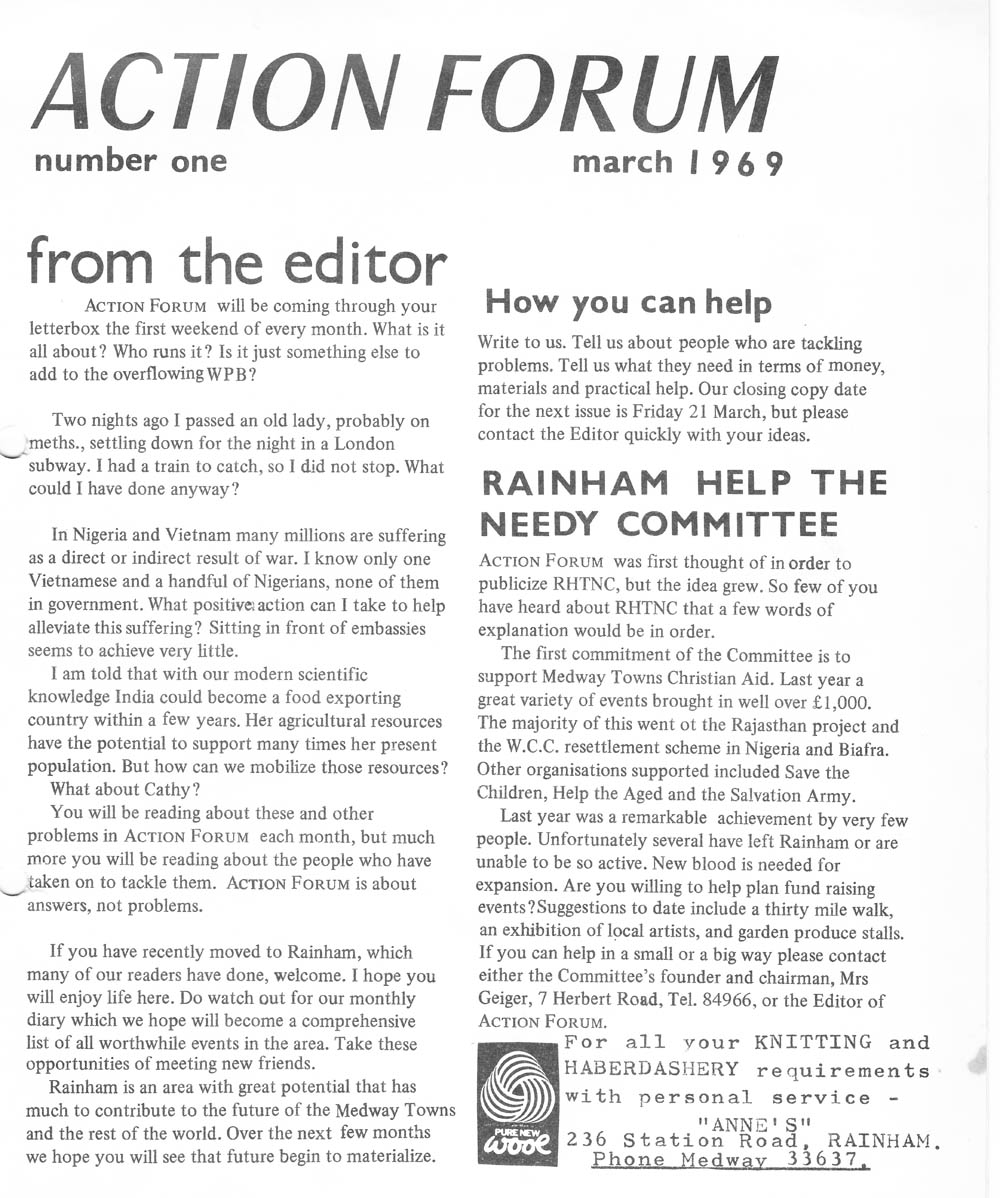My family lived in Wigmore from 1955 to 1966. Our house was No 27 Wigmore Road (Holmwood), which still seems to be there from Google
Earth, although what was the orchard now seems occupied by 'Leafy Glade'.
I remember arriving there one freezing January morning in 1955 at about 2am after a horrendous drive from where we previously lived in North Lancashire - no motorways then! Our furniture took another 3 days after getting stuck in the snow, so meanwhile we had to sit and sleep on the floor! The house had an ancient coke boiler which took about 5 hours to get any heat into the cast iron radiators.
The electric wiring was installed in the late 1920s by a previous occupant who had 'liberated' most of the switchgear from ships in the dockyard, the cables were lead sheathed! There were two other houses of the same design in Wigmore, one was not far from the road to Hempstead (now a tunnel under the link road I think.) I can't locate these on Google.The dairy leapt into action about 3am daily and the noise, including the fleet of electric floats setting out with bottles clinking, was something we hadn't bargained for. After a week we scarcely noticed it!
I cycled to school in Gillingham every day, sometimes coming back over Darland Banks. I can't see many parents allowing their kids to cycle along the A2 these days, but traffic was much less then. I often cycled to see my Aunt in Wye, going via the A20 and back along the A2. Of course this was the 'Never-had-it-so-good' time.
I still think it was the best time of my life, but I suppose everybody looks back at their teens like that.
Robin Dawes (Abbotts Ann, Hampshire)

Additional info following this message
The dairy was the one that became Unigate and was between Bredhurst Rd and Wigmore Rd. That site has also been built on now. If you came back you would notice a lot of differences - many of the old houses are being demolished to build larger detatched houses or gardens used for additional houses.
The following article was written by Tony Gutteridge, current owner of Holmwood
Holmwood, 27 Wigmore Road, Gillingham.
Very interesting to read Robin Dawes write up regarding his time living at Holmwood. We, (my wife, 3 children and myself) moved into no. 27 in May 1984 so we have now lived there for coming up to 30 years.
Previous owners / occupiers of the plot / property was: -
Emma Harvey / Briton James Ellis -1910 to 1912,
Rosetta Sophia Attwood / Florence May Attwood – 1912 to 1934,
Richard William John Adams -1934 to 1946,
Richard William John Adams / William & May Palmer – 1946 to 1949,
David Turner / Grace Edith Muir – 1949 to 1954,
Major George Frederick Dawes 1955 to 1962,
Mr & Mrs Vernon Godfrey Lane – 1962 to 1984.
There have been many changes in the area over this time, the biggest being the huge increase in traffic along Wigmore Road. Probably the main reason being the building of Tesco’s supermarket in Courtney Road.
The orchard in the back garden had already been sold off to become part of “Leafy Glade” before we arrived; I think probably around 1972. About 15 years ago we were horrified when the Council advised that Unigate Dairies were proposing to turn the dairy site next door into a retail outlet with large shop complete with neon signs! This thankfully never materialized as they bought up the Bourne & Hilliers depot in Nelson Road Gillingham and centered their operation from that site. The site was purchased by developers (Wards (?) and around nine houses were built accessed from Leafy Glade.
The house hasn’t changed that much over the years. We have replaced the existing garage and conservatory, enlarged the kitchen slightly and built a further garage to the right hand side of the property. The house character being kept very much as it always has been. Bye the way the shed shown in the very earliest photo on the website is still very much existing and in still use today.
There is one thing within the garden that has always intrigued me. Just to the right of the conservatory is what appears to be an air raid shelter. There are steps leading down to it, but what looks like the original doorway has been bricked up and rendered over. What I would like to know is whether or not the room inside is still there or was the space backfilled before the doorway was closed up? Perhaps Robin or someone else may be able to throw some light on this?
If anyone can add further details to the history of “Holmwood” or its previous occupiers I would very much like to know more.
Tony Gutteridge
-
History Articles
